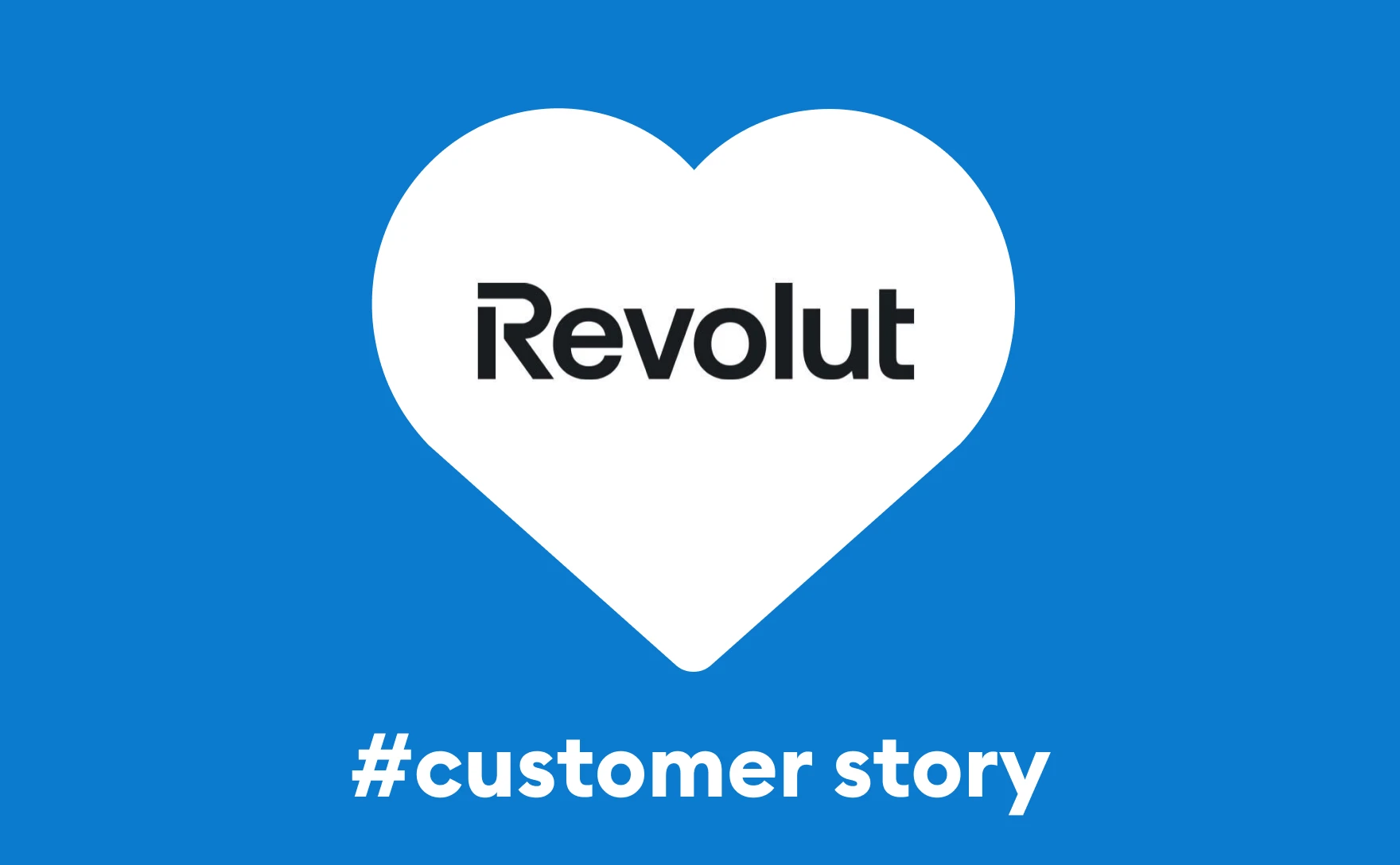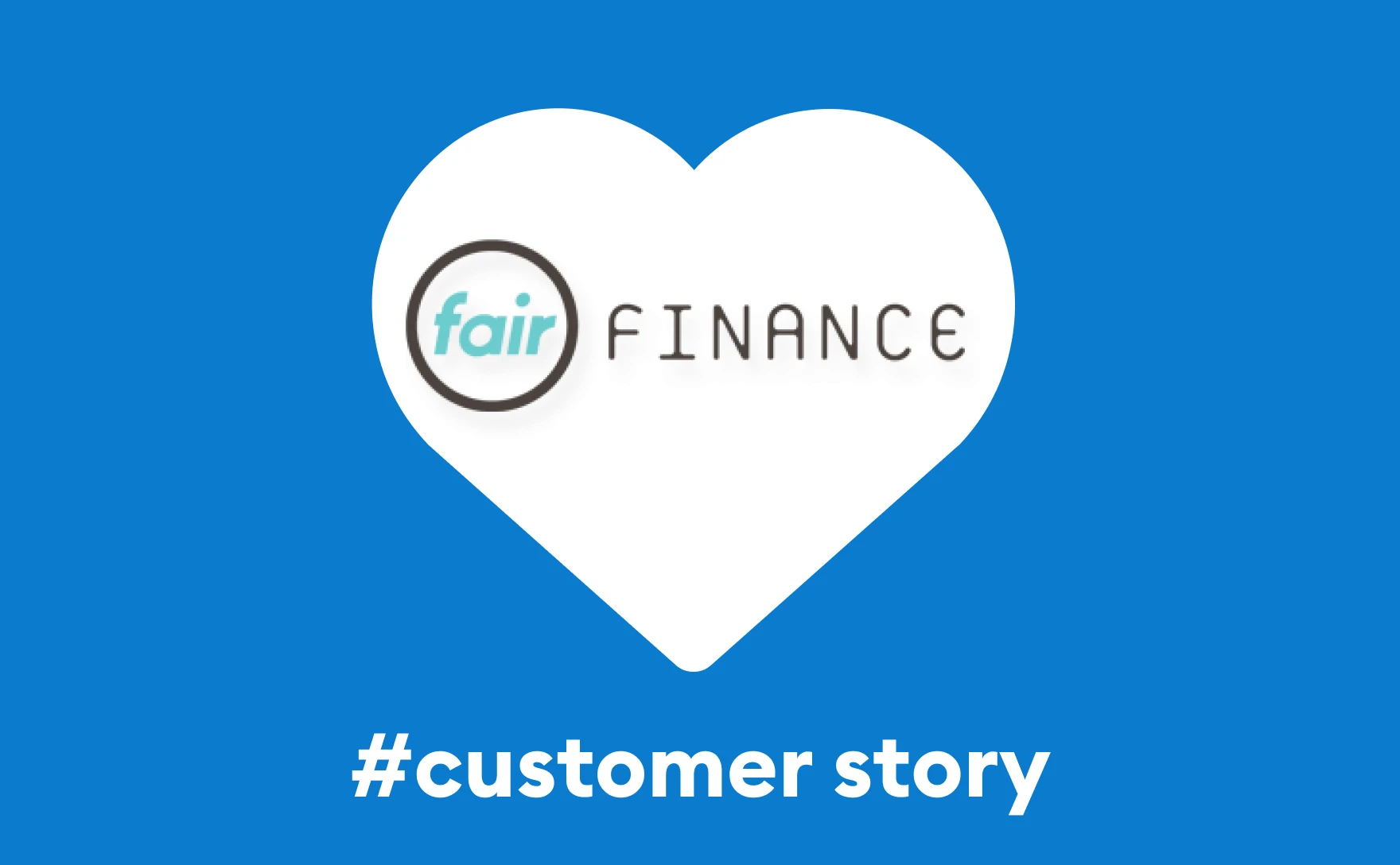BNPL & risk management

Overdue payments and fraud
Described as a payment facility, BNPL does not benefit from the same regulations as consumer credit. In fact, a loan of less than 200 euros, and/or repayable in less than 3 months, is not subject to consumer credit regulations. This means that consumers do not need to prove their financial solvency when making a purchase through BNPL.
An opportunity for retailers looking to increase their average shopping baskets and build customer loyalty. The Try Now Pay Later concept, which uses deferred payment to offer shoppers the option of paying for their purchase at a later date, if they are satisfied with it, has been developed with loyalty in mind. This is a boon for fraudsters, who get their money back before they've paid. Fractional payments, on the other hand, absorb many unpaid bills. Often already in a fragile financial situation, consumers overestimate their solvency and fail to anticipate their payment deadlines. Not to mention the numerous card frauds generated by these solutions, since no identity checks are carried out during the purchasing process.
So why so much success?
No doubt because all the risks are now borne by the credit organization, rather than the (e)merchant. So it's only logical that they should call for better regulation to minimize risk.
"Time to yes": the Holy Grail for (e)retailers and customers!
As we've already mentioned, today's BNPL pathways are designed to be seamless, so that customers can complete their purchase as quickly as possible, without escaping to a competitor's site. These pathways are appreciated by both consumers and retailers, who benefit from much higher conversions. However, the quest for an ever-decreasing Time to yes (the time it takes to accept a cash advance request) puts aside good practices and warnings that warn consumers about the expense they are about to incur.
Time to no is just as important. As a safeguard, it limits the number of difficult situations that can arise for customers who are already in a fragile state. It may seem paradoxical, but the right balance is essential for retailers and consumers alike, and can be found with a few simple rules:
- Leave a few friction points at checkout: avoid 1-click orders
- Reinforcing pre-contractual information
- Clearly display the cost of credit associated with the purchase.
The BNPL/Open Banking combination: the solution?
A number of solutions now exist for identifying fraud risks by analyzing a consumer's purchase path. OneyTrust, for example, detects fraudulent payment attempts based on data collected up to the point of payment.
In addition, Open Banking plays a decisive role in reducing risk while maintaining a smooth and rapid process. It is certainly one of the most effective applications for assessing borrowers' risk profile, thanks to the analysis, after their consent, of their daily banking transactions, revealing both their budgetary situation and their financial behavior.
The absence of a credit bureau in France makes it all the more important to use scoring solutions in purchasing processes where a cash advance is offered.
As evidenced by the results of the Happydemics study, consumers are aware and fearful of the potential risks of over-indebtedness to which they expose themselves by resorting to BNPL. Assessing their creditworthiness can undoubtedly reassure most of them, and prevent them from overestimating their ability to pay or repay.
Algoan is already supporting players in the 10 to 12 instalment payment market, helping to protect consumers from the risk of over-indebtedness, and merchants from the risk of non-payment or fraud. In these cases, the adoption of Open Banking is growing rapidly, heralding the potential widespread use of 3- or 4-installment payments. A possibility that will also depend on the regulators' review.
You may also be interested in
A project? A question?
Would you like to change the way you make credit decisions? Let's talk!



